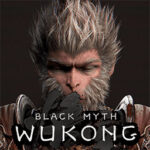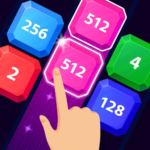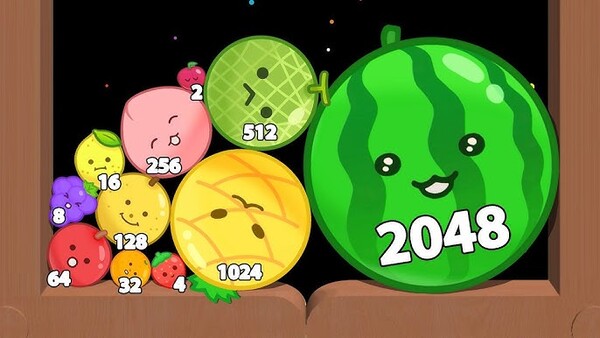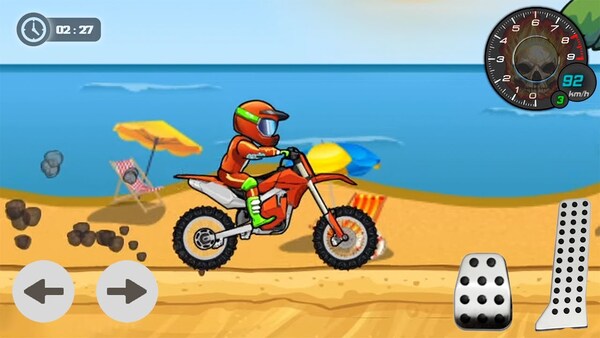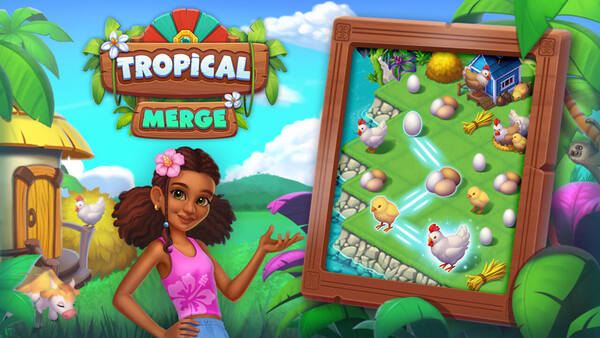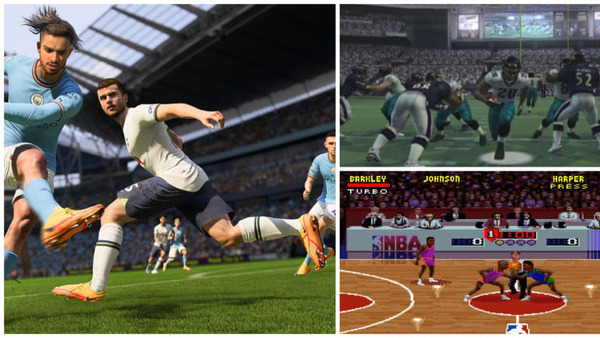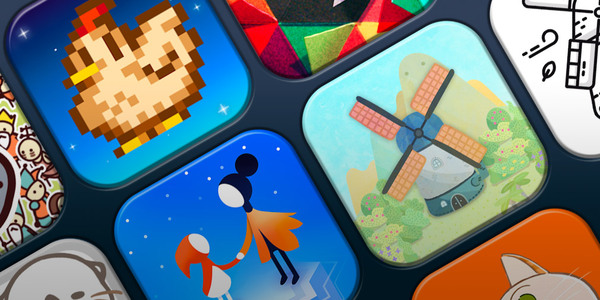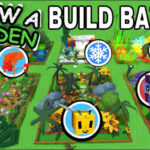Roblox: The Creative Gaming Universe That Redefines How We Play and Build in 2025
From a niche online sandbox to a global phenomenon, Roblox has grown into one of the most powerful creative platforms in the world. More than just a game, Roblox is a universe that allows players to imagine, create, and monetize their own experiences. As of 2025, it has firmly secured its place as a cornerstone of interactive entertainment, learning, and digital expression.
But what exactly makes Roblox so special? In this in-depth article, we’ll walk you through its origins, breakthrough features, community-driven tools, major milestones, and how it continues to evolve. Along the way, we’ll explore both the platform’s strengths and its shortcomings, helping you decide whether Roblox still deserves your time in the ever-changing world of gaming.
The Humble Beginnings of Roblox (2004–2006)
To truly appreciate Roblox’s current success, we need to start with its early days. Initially known as DynaBlocks, Roblox was founded in 2004 by engineers David Baszucki and Erik Cassel. Even in this primitive form, the platform focused on user-generated simulations and physics-based learning. However, in 2006, it officially launched under the name "Roblox."
At this stage, the graphics were basic, and the audience was small. Nonetheless, the concept was powerful: empower users to build their own digital experiences and share them freely. This core idea laid the foundation for everything Roblox has become.
Laying the Groundwork: Early Features That Made a Difference (2007–2012)
As Roblox slowly gained traction, several crucial features helped set it apart from traditional games. First and foremost, the avatar customization system allowed players to stand out in unique ways. In addition, Roblox introduced Robux, the virtual currency that would eventually fuel its booming in-game economy.
Even more importantly, this era saw the launch of Roblox Studio—the development environment where players could create their own worlds, games, and mechanics. Unlike commercial engines like Unreal or Unity, Roblox Studio required no upfront cost and was highly accessible to beginners.
Thanks to these additions, a new generation of hobbyist developers emerged. Many of them were teenagers who saw Roblox not just as a playground, but as a canvas.
Roblox Studio: Lowering the Barrier to Game Development
One of the defining strengths of Roblox lies in its powerful yet user-friendly creation tools. Indeed, Roblox Studio offers aspiring developers the freedom to design, build, and code their own games using the Lua scripting language.
Moreover, the development interface is intuitive enough for kids yet deep enough for seasoned coders. Game assets can be dragged, scripted, and customized easily, and new developers can access a large library of tutorials and templates.
As a result, we’ve seen breakout titles like Adopt Me!, Brookhaven RP, and Bloxburg—all created by the community—surpass hundreds of millions of visits.
Community Engagement and the Rise of Multiplayer Gaming (2013–2017)
In the years that followed, Roblox embraced the social aspect of gaming. While it always had multiplayer capabilities, this period marked a massive increase in shared experiences.
Notably, community events such as Egg Hunts, Developer Battles, and seasonal quests brought people together across servers. Additionally, the rise of YouTube and Twitch further amplified Roblox’s reach, turning popular game creators into influencers and streamers.
At the same time, Roblox saw exponential growth in mobile players. The decision to release mobile and tablet versions opened the door to younger users and made Roblox truly cross-platform.
Monetization and the Creator Economy (2018–2020)
As Roblox matured, it began fostering a robust creator economy. Developers could now earn Robux from in-game purchases, ads, and access fees—and even convert Robux into real-world money through the Developer Exchange (DevEx) program.
Roblox Premium, introduced during this phase, offered subscribers monthly Robux, access to premium-only items, and extra trade options. Furthermore, creators could monetize via:
-
Gamepasses
-
Developer Products
-
Private Servers
-
Cosmetics and avatar items
Consequently, many creators transitioned from part-time hobbyists into full-time game developers. In fact, some earned seven-figure incomes, further blurring the line between gaming and entrepreneurship.
Pandemic Growth and Mainstream Recognition (2020–2021)
Unsurprisingly, the COVID-19 pandemic was a major catalyst for Roblox’s explosive growth. As schools shut down and social distancing increased, kids and teens flocked to virtual platforms—and Roblox was perfectly positioned to provide both fun and connection.
Roblox held virtual concerts with artists like Lil Nas X, launched educational games in collaboration with museums, and hosted in-game birthday parties. With these innovations, Roblox proved itself not just a game, but a digital venue.
Meanwhile, in March 2021, Roblox Corporation went public on the NYSE, further validating its importance in the tech ecosystem.
Education, Coding, and the Metaverse Vision (2022–2024)
Beyond entertainment, evolved into a learning platform. Schools integrated it into classrooms through Education, a program that helps students learn programming, storytelling, and collaboration in engaging environments.
Additionally, leaned into the "metaverse" trend by allowing users to:
-
Own digital real estate
-
Host virtual events
-
Attend classes or conferences inside the game
While critics debated the feasibility of a true metaverse, continued improving avatar realism, voice chat, and spatial sound—further enhancing immersion.
Roblox in 2025: Smarter, Safer, Stronger
In 2025, smarter, more secure, and more polished than ever before. With new safety systems powered by AI, works hard to moderate chat, block exploiters, and protect younger players.
On the development side, creators now benefit from:
-
AI-assisted scripting
-
Dynamic lighting and realistic textures
-
Cloud publishing tools
These additions simplify workflows while delivering AAA-like quality. At the same time, continues to support older devices, maintaining its broad accessibility.
Pros and Cons
Let’s evaluate both sides of Roblox today.
Pros
-
Unmatched creativity and sandbox freedom
-
Accessible development tools for all ages
-
Massive community support and events
-
Monetization opportunities for creators
-
Cross-platform compatibility
Cons
-
Quality varies greatly between games
-
In-app purchases can target younger users
-
Occasional content moderation issues
-
Requires stable internet and account management
-
Can be overwhelming for first-time users
Top Trending Roblox Games in 2025
Here are some must-play Roblox games this year:
-
Brookhaven 🏡RP – Live your dream life in a massive roleplay city
-
Adopt Me! – Collect pets, decorate your home, and explore
-
Doors – A terrifying and clever horror puzzle adventure
-
Blade Ball – Competitive dodgeball with powers
-
Blox Fruits – Explore the seas and battle bosses in this anime-inspired RPG
Each game represents a different niche, showing Roblox’s incredible variety.
Final Verdict: Why Roblox Remains a Creative Powerhouse
To sum up, is not just a game—it’s an engine of imagination, collaboration, and innovation. With millions of games and a thriving creator economy, it has carved out a space in digital culture that few platforms can match.
Looking ahead, Roblox continues to set trends, educate players, and push boundaries. Whether you’re a curious player, aspiring developer, or educator, in 2025 offers something meaningful. While it may not be flawless, it is undeniably revolutionary.
Expert Rating: 9.4/10












